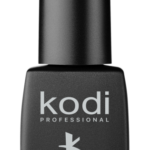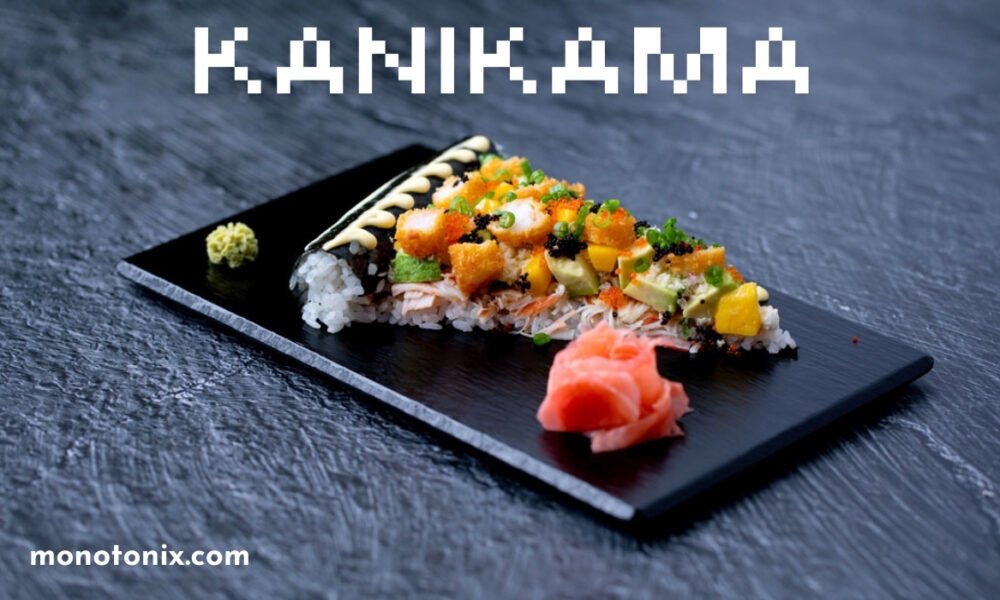Introduction
Welcome to the fascinating world of kanikama, a seafood delight that’s been making waves in kitchens around the globe. Known for its striking resemblance to crab meat, kanikama is a popular ingredient that finds its way into everything from sushi rolls to salads. But what exactly is kanikama, and why has it become such a favorite among seafood enthusiasts, home cooks, and health-conscious eaters?
In this blog post, we’ll uncover the secrets behind kanikama, exploring its origins, how it’s made, and the many ways you can enjoy it. Whether you’re a seasoned chef or a curious foodie, you’ll find plenty of valuable insights to elevate your culinary game. Let’s dive in!
What is Kanikama?
Understanding Kanikama
Kanikama, often referred to as imitation crab meat, is a processed seafood product designed to mimic the taste, texture, and appearance of real crab legs. Despite its name, kanikama doesn’t contain any actual crab meat. Instead, it’s crafted from surimi, a finely pulverized paste made from various white fish.
Origins in Japan
The concept of kanikama originated in Japan during the 1970s as a more affordable and accessible alternative to real crab meat. Japanese chefs and food manufacturers sought to create a product that could offer the delightful experience of eating crab without the high cost, leading to the birth of kanikama. Today, it remains a staple in Japanese cuisine and has gained widespread popularity worldwide.
Debunking the Myth
It’s important to debunk the common myth that kanikama is real crab meat. While it does an excellent job of resembling crab in taste and appearance, kanikama is made from surimi. Understanding this distinction helps appreciate the culinary creativity and innovation that goes into producing this seafood marvel.
All About Surimi
What is Surimi?
Surimi is the foundation of kani-kama, and understanding its creation is key to appreciating the final product. Surimi is made by grinding, washing, and seasoning white fish flesh to create a smooth, cohesive paste. This paste undergoes meticulous processing to achieve the desired texture and flavor.
The Process of Making Surimi
The process of making surimi begins with selecting high-quality white fish, such as pollock, cod, and hake. The fish is carefully cleaned and deboned before being ground into a fine paste. This paste is then washed to remove any impurities and excess fat, resulting in a pure, protein-rich base. Seasonings and stabilizers are added to enhance flavor and ensure the perfect consistency.
Common Fish Used in Surimi Production
Some of the most commonly used fish in surimi production include:
- Pollock: Known for its mild flavor and firm texture, pollock is a popular choice for making surimi.
- Cod: With its delicate taste and flaky texture, cod adds a touch of elegance to surimi.
- Hake: Hake offers a subtle, sweet flavor that complements the overall taste profile of surimi.
Understanding these fish choices helps appreciate the care and expertise involved in crafting high-quality surimi.
Kanikama vs. Real Crab Meat
Appearance
At first glance, kani-kama and real crab meat can look surprisingly similar. Kani-kama is often dyed with natural colors to mimic the vibrant red and white hues of crab legs. However, a closer inspection reveals slight differences in texture, with kani-kama having a more uniform appearance compared to the delicate, flaky texture of real crab meat.
Taste and Texture
Taste-wise, kani-kama does an impressive job of capturing the sweetness of crab meat, making it a delightful substitute in various dishes. However, the texture of kani-kama may be slightly different, with a firmer and more elastic bite compared to the tender, flaky texture of real crab meat. These subtle differences add to the unique charm of kani-kama, making it a versatile ingredient in its own right.
Cost
One of the significant advantages of kani-kama is its affordability. Real crab meat can be quite expensive, making it a luxury item for many. In contrast, kani-kama offers a cost-effective alternative without compromising on flavor and versatility. This budget-friendly option allows more people to enjoy the taste of crab in their everyday meals.
Uses of Kanikama
Culinary Applications
Kani-kama’s versatility shines through in its wide range of culinary applications. It’s a popular choice for sushi rolls, especially in the classic California roll, where it pairs beautifully with avocado and cucumber. Kani-kama also adds a touch of elegance to salads, providing a burst of flavor and texture. Additionally, it can be used in seafood pasta dishes, crab cakes, and even as a topping for pizzas.
Versatility
One of the remarkable qualities of kanikama is its ability to adapt to different culinary styles. It can be enjoyed both hot and cold, making it a flexible ingredient for various recipes. Whether you’re creating a refreshing summer salad or a hearty winter soup, kanikama can seamlessly integrate into your dishes, adding a delightful seafood touch.
Nutritional Value
Comparing Nutritional Content
When it comes to nutritional value, kanikama and real crab meat have their unique profiles. Kanikama is relatively low in fat and calories, making it a favorable option for those watching their intake. It provides a good source of protein, although the protein content may be slightly lower compared to real crab meat. Additionally, kanikama is often fortified with vitamins and minerals to enhance its nutritional value.
Protein and Fat Content
Kani-kama offers a lean source of protein, making it an excellent choice for health-conscious eaters. It contains lower levels of fat compared to real crab meat, making it a lighter option for those seeking a balanced diet. While real crab meat is rich in omega-3 fatty acids, kani-kama can still contribute to your protein needs without the added calories and fat.
Selection and Storage Tips
Choosing Quality Kanikama
When selecting kani-kama, opt for reputable brands known for their quality and taste. Look for products with minimal additives and preservatives, ensuring a more natural and authentic flavor. Pay attention to the packaging, and choose kani-kama that is properly sealed and stored at the correct temperature.
Storing Kanikama
To maintain the freshness of kani-kama, store it in the refrigerator at a temperature of 32°F to 38°F. Once opened, consume it within a few days to ensure optimal quality. For longer storage, consider freezing kani-kama, but be mindful that freezing may slightly alter its texture.
YOU MAY ALSO LIKE
Mielado The Sweet Secret Ingredient You Need to Try
Conclusion
Recap
Kani-kama, the not-so-secret crab lookalike, has captured the hearts of seafood enthusiasts, home cooks, and health-conscious eaters worldwide. Its origins in Japan, coupled with the innovative use of surimi, have made it a beloved and versatile ingredient. From sushi rolls to salads, kani-kama offers a delightful seafood experience without the high cost of real crab meat.
Final Thoughts
As you explore the world of kani-kama, you’ll discover its unique charm and endless possibilities in the kitchen. Whether you’re looking for a budget-friendly alternative or a versatile ingredient to elevate your dishes, kani-kama has something to offer. Join the community of kani-kama enthusiasts and savor the taste of this remarkable seafood creation.
With its affordability, nutritional benefits, and culinary versatility, kanikama is more than just an imitation—it’s a culinary innovation that brings the flavors of the sea to your table. Enjoy the adventure of cooking with kanikama and elevate your culinary creations to new heights.
FAQs
- What is kanikama made of?
- Kanikama is made from surimi, which is a paste of finely ground white fish, usually pollock or cod, that is seasoned and molded to resemble crab meat.
- How does kanikama differ from real crab meat?
- While kanikama mimics the taste and appearance of crab meat, it has a firmer, more elastic texture and is generally more affordable than real crab meat.
- Can kanikama be used in sushi?
- Yes, kanikama is commonly used in sushi, especially in popular rolls like the California roll, where it pairs well with ingredients like avocado and cucumber.
- Is kanikama healthy?
- Kanikama is low in fat and calories, making it a healthy option for those watching their diet. It provides a good source of protein, though it may have slightly lower protein content compared to real crab meat.
- How should kanikama be stored?
- Store kanikama in the refrigerator at temperatures between 32°F and 38°F. If opened, consume it within a few days, or freeze it for longer storage, keeping in mind freezing may alter its texture.











